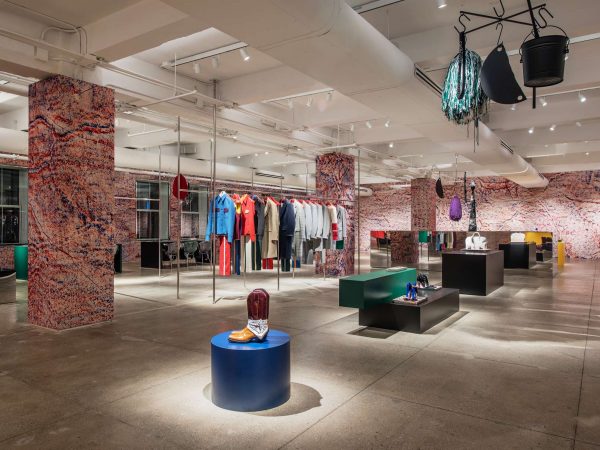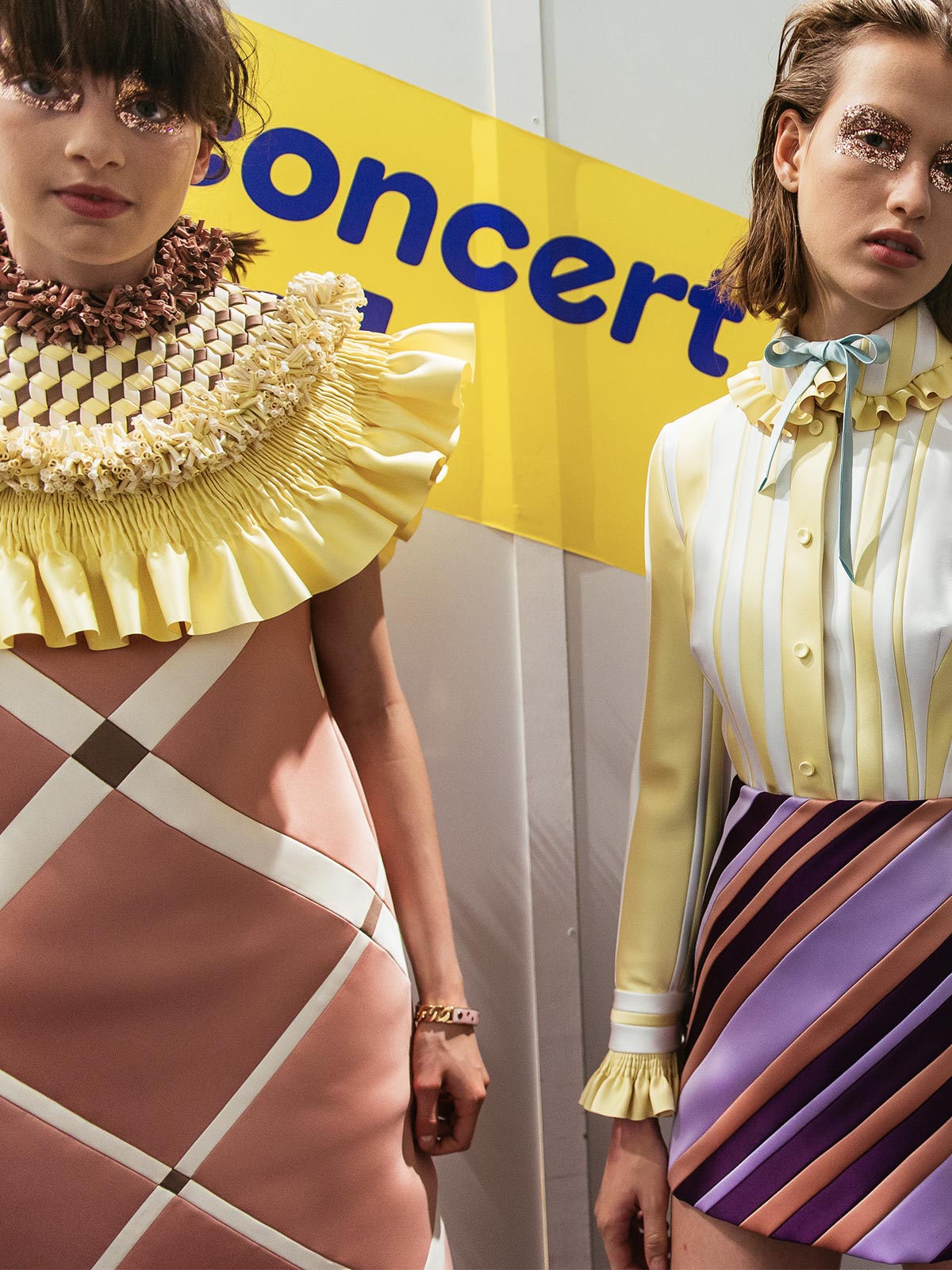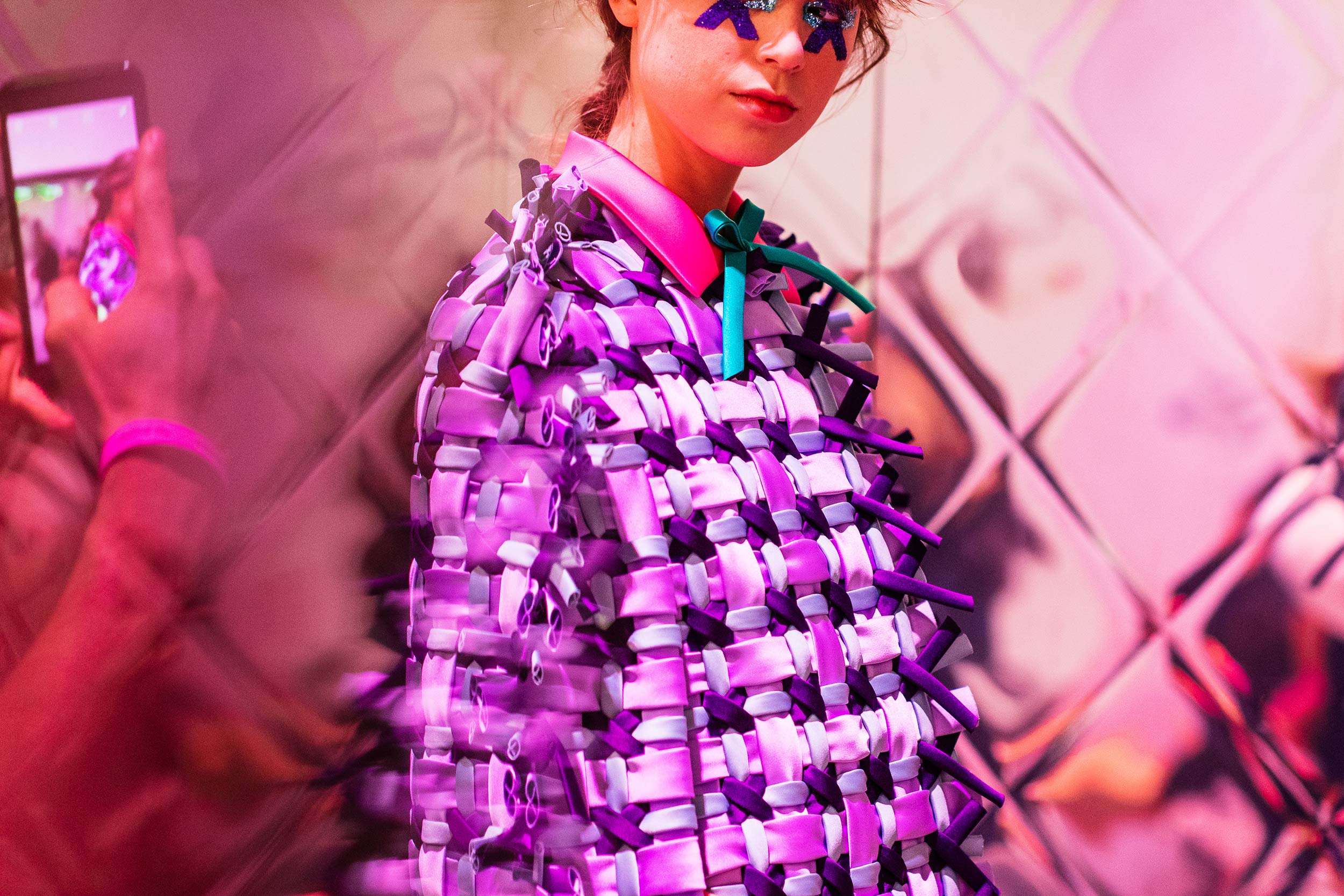Long the kings of couture, Viktor Horsting and Rolf Snoeren of Viktor & Rolf, have managed to keep themselves at the front of design, innovation, and cultural commentary. Ever the artisans, the duo keep their collections strictly couture and bridal. They explore, with meticulous detail, every way in which clothing can be formed around the human body, and why sometimes, that human body need not be visible or recognizable. Their shows are nearly always a critique of what constitutes fashion or culture, not just a visual spectacle but a real emotional collision. During the Spring Couture shows in Paris last week, Document’s Shawn Lakin spoke with the duo backstage about their latest collection, all of which is focused on a single, resplendent material: duchess satin.
Above The Fold

Ludovic de Saint Sernin Debuts Eponymous Collection in Paris

In Florence, History Returns Onstage

New Perspectives on an American Classic

Pierre Bergé Has Died At 86
Shawn Lakin—The National Gallery of Victoria declared you “Fashion Artists” in your 2016 exhibit, can you tell us a little bit about your relationship between art and fashion?
Viktor & Rolf—We invented this title as an answer to questions asking us whether we are designers or artists. Maybe it’s possible to be both. We have always used fashion as a means to express more than just a style of clothes. We use it to comment on fashion itself and to express ourselves.
Shawn—Do you think of your garments as sculptures?
V&R—We think of them as something autonomous. The body wears the garment and completes it with movement. But often the clothes also work well just as sculptural structures in space, in exhibitions, so without a moving body.
Shawn—How has this shifted throughout the years, from the origin of the brand 25 years ago to the now commercial empire that it is today?
V&R—“Commercial empire” sounds like there is a Viktor&Rolf store next to every McDonalds, which is not yet the case. When we started out we had no blueprint of what we wanted to be, just a strong creative ambition to make something beautiful and original and to present it at the top. Our way of working never really changed, we always look for a “reason” to make something. Style for style’s sake is difficult for us.
Shawn—You’ve had such amazing performers in your presentations—Tilda Swinton, Kristen McMenamy, and Tori Amos to name a few,—how would you describe the woman you design for?
V&R—We don’t have a certain woman in mind when we design. We just don’t, we work in a more abstract way than that. We did work with some amazing artists, like Tori and Tilda, who were kind enough to accept our invitation to collaborate. Those experiences were always both invigorating and humbling because they are strong and charismatic individuals.
Shawn—How does Amsterdam play into the design? What led to the choice to be based in a non-fashion capital?
V&R—We started in Paris but found it very tough to be there, without money, without the structure of a job or a company. So we decided to base ourselves in Amsterdam and build the company there. It was just a way of making life a bit easier. It’s a nice city to live and it is easy to leave because it’s such a hub for international travel.
Shawn—Why is it still important for you to participate in a dedicated fashion calendar within Paris fashion week?
V&R—It’s like participating in the Olympics.
Shawn—You’ve been working together since college, how would you describe your relationship?
V&R—BFF.
Shawn—The brand is synonymous with taking fashion to the extreme, has there ever been a moment where one of you thought the other was taking things too far?
V&R—Oh yes. And that always means we need to talk more. If we don’t agree, we’re not there yet.
Shawn—What advice do you have for young designers in terms of staying original but also appealing to a luxury market?
V&R—Why are original and appealing separated by the word “but?” Originality, authenticity and a personal point of view are essential. The question is how to build a business from there. But without it there can be no business to begin with.























